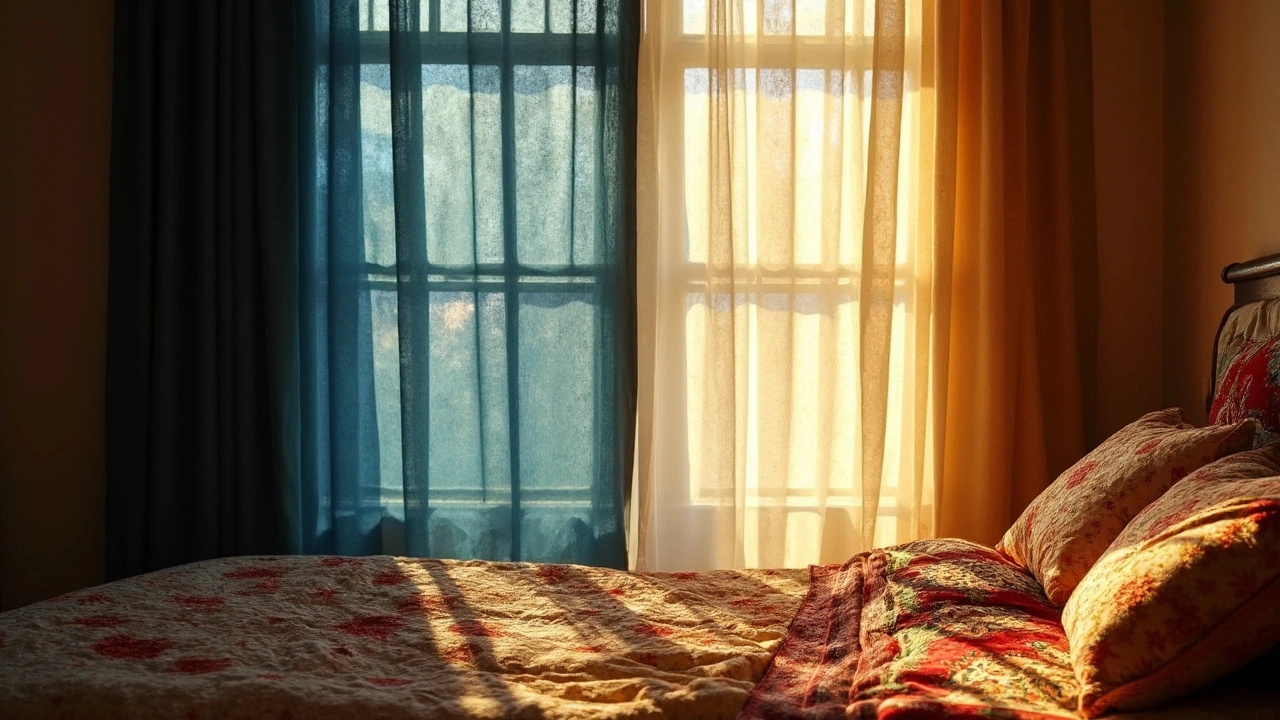
Which Color Curtains Stop Sunlight? The Science and Smart Choices
This article breaks down which curtain colors really block sunlight and why some shades work better than others. You'll find practical tips for choosing the right color to keep your space cool and your furniture safe from sun damage. We’ll cover the science behind light absorption, some common myths, and how to make smarter picks for any room. If you're tired of waking up to a sun-soaked bedroom or battling faded furniture, you're in the right place. Get ready for clear tips, real-life examples, and no-nonsense advice.
View More